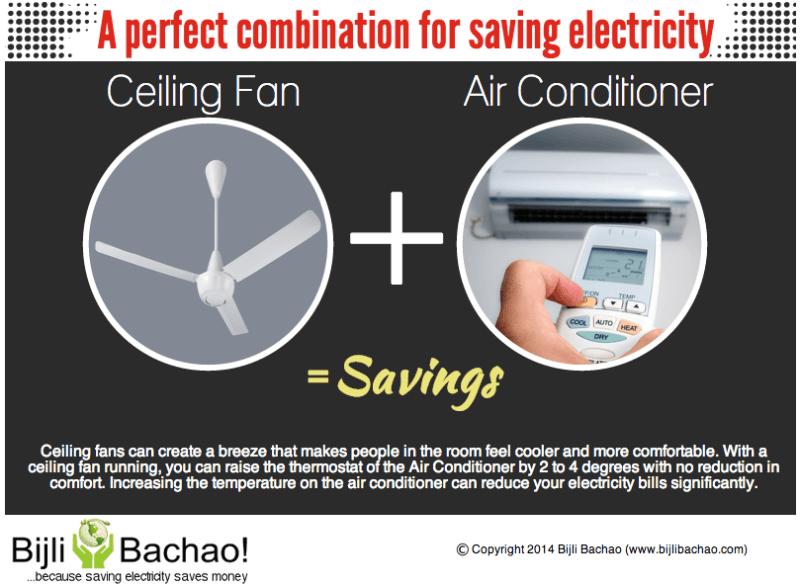The Ultimate Overview To Recognizing Warm Pumps - How Do They Work?
The Ultimate Overview To Recognizing Warm Pumps - How Do They Work?
Blog Article
Author-Hoppe Hemmingsen
The best heat pumps can save you substantial amounts of money on energy expenses. They can also help reduce greenhouse gas emissions, particularly if you use power in place of fossil fuels like lp and home heating oil or electric-resistance heaters.
Heat pumps work very much the like a/c unit do. electronic repairs christchurch makes them a sensible option to typical electrical home heater.
Exactly how They Function
Heatpump cool homes in the summertime and, with a little assistance from electrical power or natural gas, they supply some of your home's heating in the winter. They're a great option for people who want to minimize their use fossil fuels but aren't all set to replace their existing heater and a/c system.
They rely on the physical fact that also in air that appears too chilly, there's still power existing: warm air is always relocating, and it wants to move right into cooler, lower-pressure settings like your home.
The majority of power STAR licensed heat pumps operate at near to their heating or cooling ability throughout most of the year, reducing on/off cycling and saving energy. For the very best performance, concentrate on systems with a high SEER and HSPF score.
The Compressor
The heart of the heatpump is the compressor, which is additionally known as an air compressor. This mechanical flowing tool utilizes potential energy from power production to increase the pressure of a gas by minimizing its quantity. It is various from a pump because it only services gases and can't deal with liquids, as pumps do.
https://azbigmedia.com/lifestyle/5-ways-to-save-money-on-ac-wall-unit-repair/ enters the compressor via an inlet valve. It circumnavigates vane-mounted arms with self-adjusting size that split the inside of the compressor, producing several tooth cavities of varying dimension. The blades's spin forces these dental caries to move in and out of phase with each other, compressing the air.
The compressor draws in the low-temperature, high-pressure refrigerant vapor from the evaporator and presses it into the hot, pressurized state of a gas. This process is repeated as needed to supply heating or cooling as needed. The compressor also has a desuperheater coil that recycles the waste heat and includes superheat to the cooling agent, altering it from its fluid to vapor state.
The Evaporator
The evaporator in heatpump does the exact same thing as it performs in fridges and a/c unit, transforming fluid cooling agent into an aeriform vapor that gets rid of warm from the space. Heatpump systems would not function without this essential piece of equipment.
This part of the system is located inside your home or structure in an indoor air trainer, which can be either a ducted or ductless device. It has an evaporator coil and the compressor that compresses the low-pressure vapor from the evaporator to high pressure gas.
Heat pumps absorb ambient warmth from the air, and after that utilize electrical energy to transfer that heat to a home or company in heating mode. That makes them a great deal more energy reliable than electric heating units or heating systems, and since they're using clean electricity from the grid (and not melting gas), they also produce much fewer emissions. That's why heatpump are such wonderful environmental selections. (In addition to a huge reason why they're ending up being so preferred.).
The Thermostat.
Heat pumps are great options for homes in cold environments, and you can use them in combination with traditional duct-based systems or perhaps go ductless. They're a fantastic alternative to fossil fuel heating systems or standard electric furnaces, and they're much more sustainable than oil, gas or nuclear heating and cooling equipment.
Your thermostat is the most crucial element of your heat pump system, and it functions very differently than a traditional thermostat. All mechanical thermostats (all non-electronic ones) work by utilizing substances that change dimension with raising temperature, like coiled bimetallic strips or the expanding wax in an auto radiator shutoff.
These strips include 2 various kinds of metal, and they're bolted with each other to develop a bridge that completes an electrical circuit linked to your heating and cooling system. As the strip obtains warmer, one side of the bridge increases faster than the various other, which causes it to flex and signal that the heating system is needed. When the heatpump is in home heating mode, the reversing shutoff turns around the circulation of refrigerant, to ensure that the outside coil currently functions as an evaporator and the interior cyndrical tube becomes a condenser.